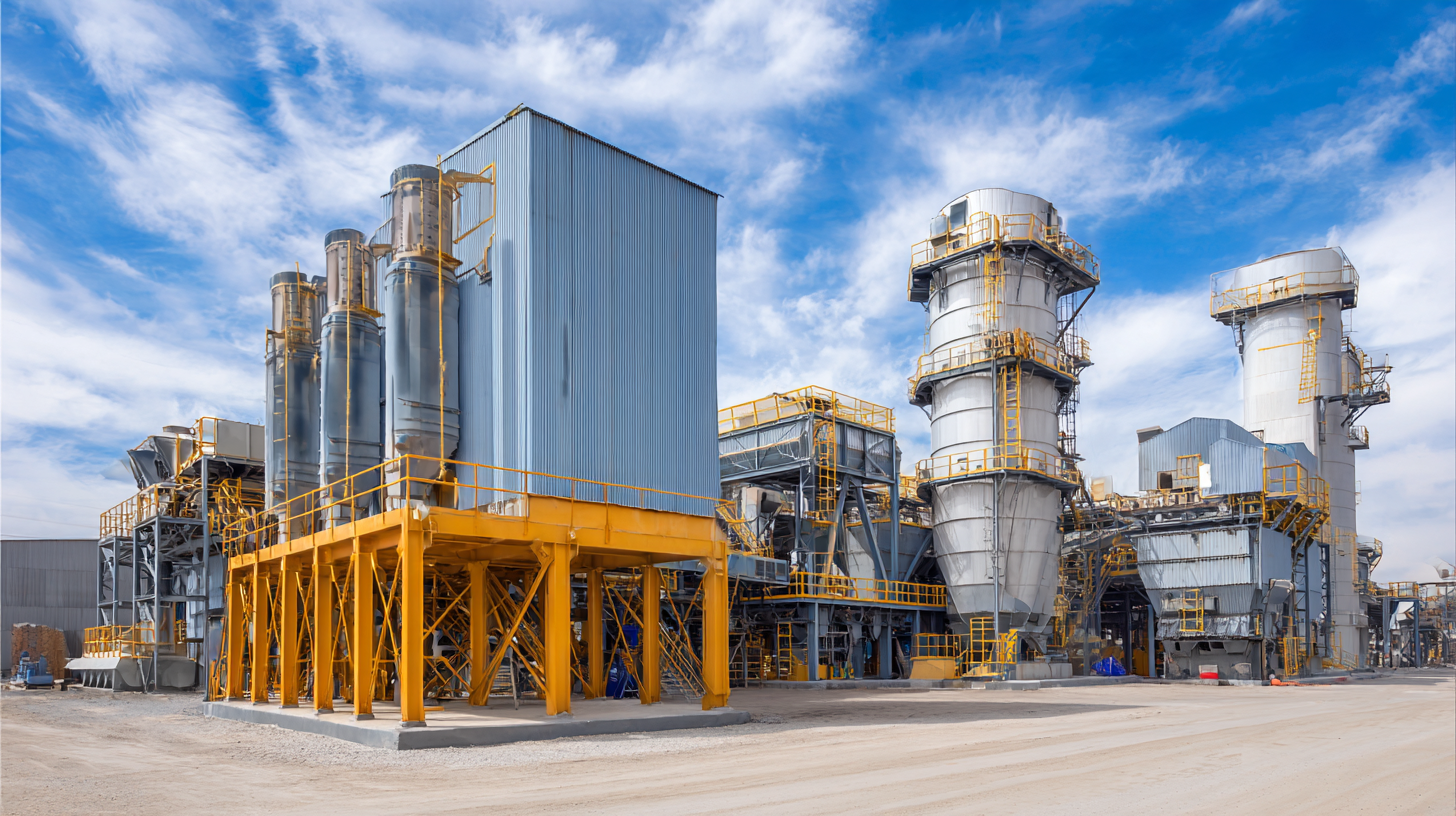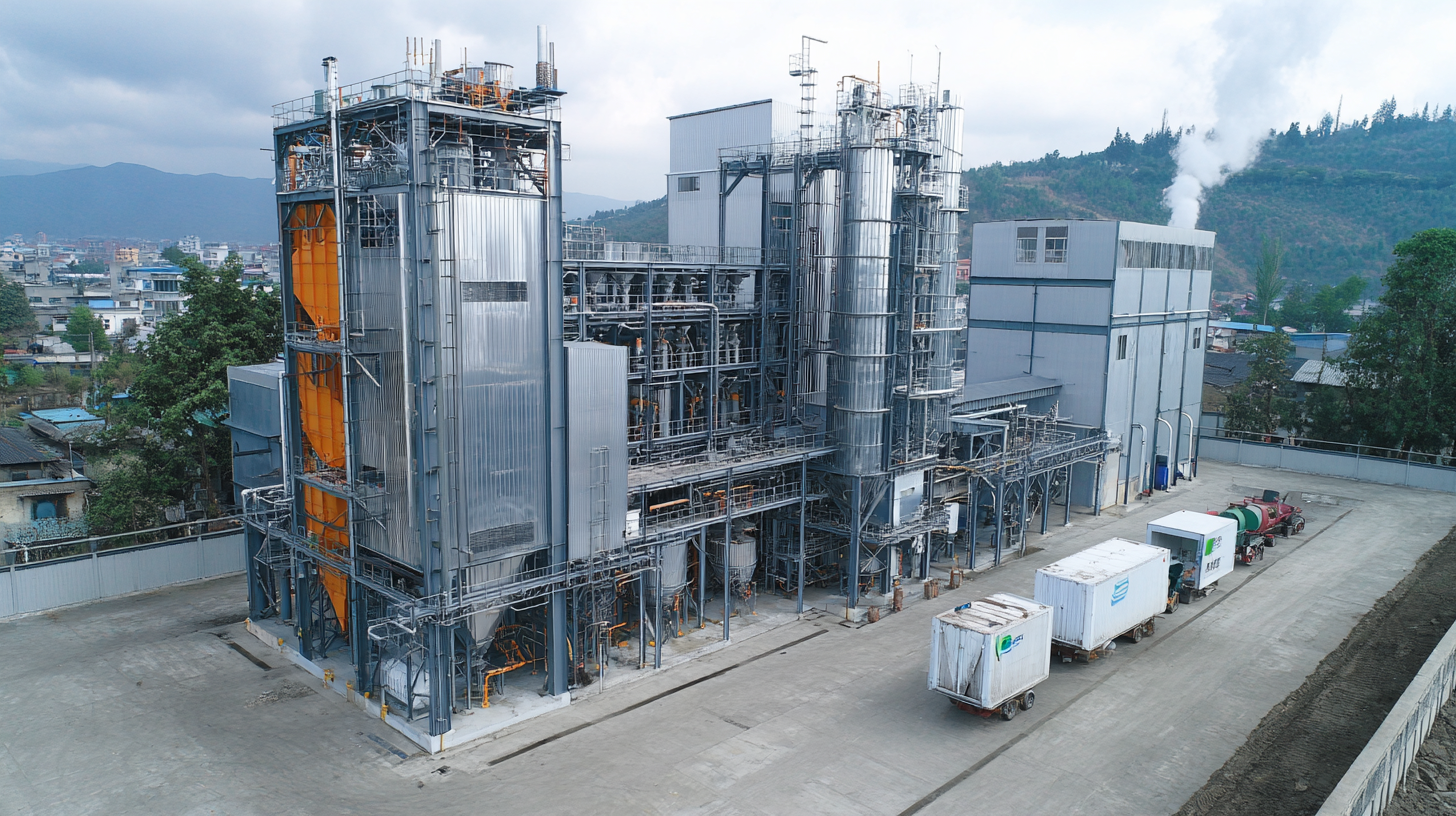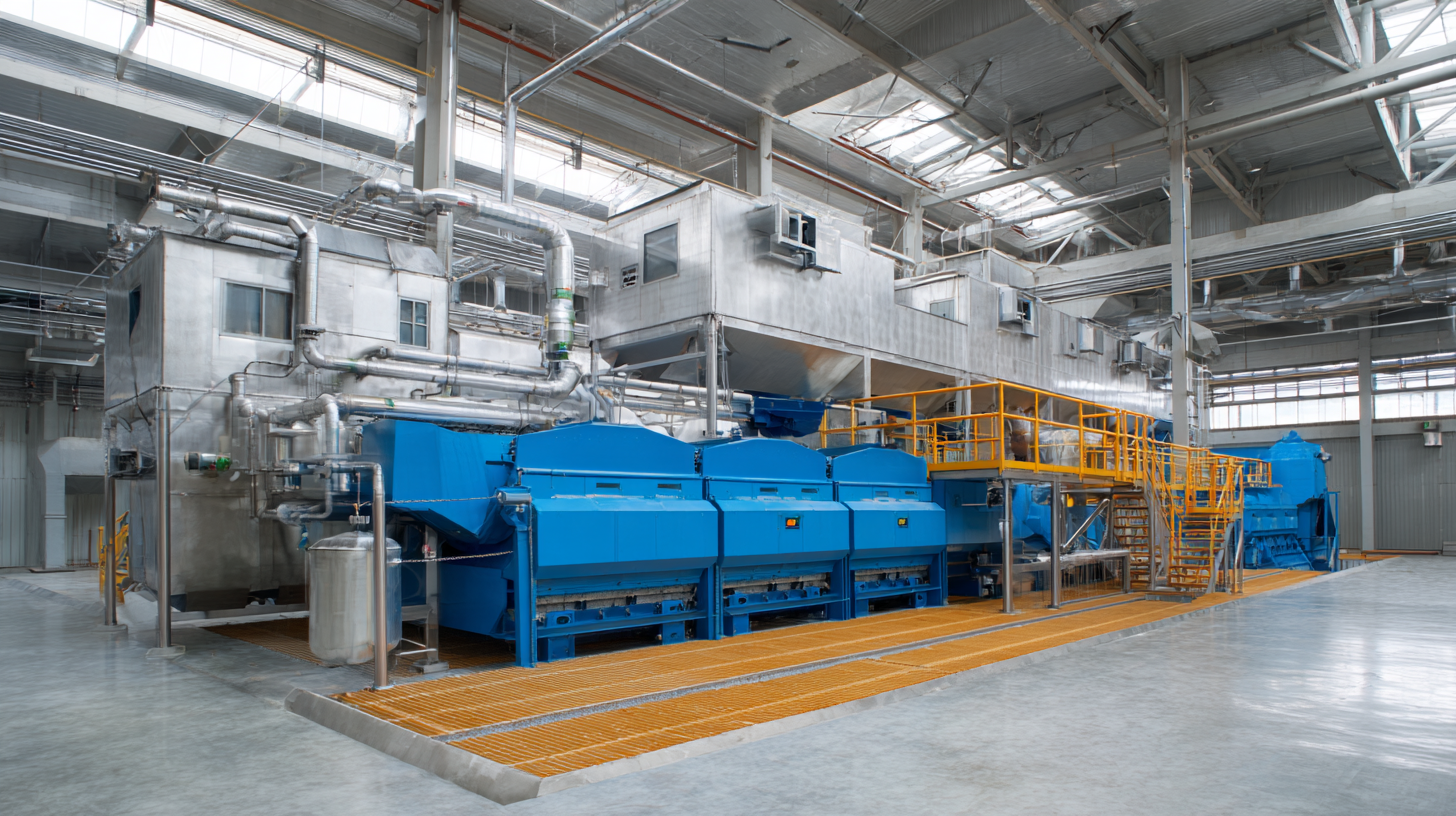Leave Your Message
In the agricultural sector, the efficient drying of corn is crucial for maintaining its quality and maximizing yield. The Corn Dryer Machine plays a pivotal role in this process, significantly influencing post-harvest losses. According to the United States Department of Agriculture (USDA), proper moisture management can reduce spoilage rates by up to 30%. Furthermore, a study by the Agricultural Research Service indicates that optimizing drying processes can increase marketable grain quality by over 15%. As farmers face the dual challenges of climate variability and rising input costs, enhancing the efficiency of Corn Dryer Machines becomes essential.

This guide will explore practical strategies and technological innovations aimed at maximizing the performance of your corn drying operations, ensuring both economic viability and sustainability in today’s competitive market.
 Understanding the operation of a corn dryer machine is crucial for optimizing its efficiency and maximizing yield. These machines are designed to remove excess moisture from harvested corn, which prevents spoilage and enhances storage life. To effectively operate a corn dryer, one must consider factors such as air flow rate, temperature settings, and fuel consumption. Utilizing the appropriate settings based on the moisture content of the corn can lead to significant improvements in drying efficiency and energy utilization.
Understanding the operation of a corn dryer machine is crucial for optimizing its efficiency and maximizing yield. These machines are designed to remove excess moisture from harvested corn, which prevents spoilage and enhances storage life. To effectively operate a corn dryer, one must consider factors such as air flow rate, temperature settings, and fuel consumption. Utilizing the appropriate settings based on the moisture content of the corn can lead to significant improvements in drying efficiency and energy utilization.
Moreover, the impact of custom farming rates on operational decisions cannot be overlooked. As highlighted in recent studies, understanding cost-per-acre influences farming practices and can guide decisions on machinery use, including corn dryers. Investing in reliable equipment and adopting best practices in grain drying can promote higher yields while managing operational expenses. Knowledge of local farming rates and adopting efficient drying techniques are essential steps to ensure both profitability and sustainability in corn production.
When it comes to optimizing corn dryers for maximum efficiency and yield, understanding the key factors that impact drying efficiency is crucial. According to the 2022 Grain Drying Report by the USDA, maintaining the appropriate air flow rate can lead to a 20% increase in drying efficiency. Proper airflow promotes even drying, reducing the energy required to achieve the desired moisture levels.
Temperature control is another crucial element. Research indicates that reducing the drying temperature by just 5°F can result in energy savings of up to 10%. Moreover, it's essential to continuously monitor humidity levels, as high humidity can significantly prolong drying times, impacting overall yield.
**Tips:** Regularly inspect and clean your drying equipment to ensure optimal airflow and prevent obstructions. Additionally, consider investing in moisture sensing technology to achieve real-time adjustments. This can help maintain ideal conditions throughout the drying process, ultimately enhancing both efficiency and yield.
Regular maintenance of your corn dryer machine is crucial for ensuring optimal performance and maximizing efficiency. Scheduling routine check-ups allows operators to identify and address potential issues before they escalate into significant problems. Key maintenance activities include inspecting the drying unit, cleaning the air circulation system, and ensuring that heating elements are functioning properly. By keeping these components in good condition, dryers can operate at their best, reducing energy consumption and minimizing downtime during critical harvesting periods.
In addition to routine inspections, it's important to establish a cleaning schedule. Accumulated dust and debris can hinder airflow and reduce the machine's drying efficiency. Regularly cleaning filters, fans, and moisture sensors not only maintains performance but also extends the lifespan of the equipment. Operators should also familiarize themselves with the manufacturer's maintenance guidelines, as adhering to these standards can lead to better yield outcomes and energy savings. With consistent care and attention, the corn dryer machine will operate efficiently, leading to improved quality of the harvested corn.
| Maintenance Task | Frequency | Estimated Time (Hours) | Impact on Efficiency (%) |
|---|---|---|---|
| Clean Out Corn Residue | Weekly | 1 | 10 |
| Inspect and Replace Belts | Monthly | 2 | 15 |
| Calibrate Temperature Settings | Seasonally | 1.5 | 20 |
| Check and Clean Fans | Half-Yearly | 2 | 25 |
| Inspect Electrical Connections | Annually | 3 | 30 |
When optimizing your corn dryer machine, adjusting settings for specific corn moisture levels is crucial to achieving maximum efficiency and yield. Different corn varieties may have varying moisture requirements, and tailoring the drying process accordingly can significantly improve the quality of the final product. Start by testing the moisture content of the corn before drying, as this will inform the necessary temperature and duration settings for your machine.
Tips: Always calibrate your moisture meter to ensure accurate readings. This helps you avoid over-drying or under-drying, which can negatively impact the grain's quality. Additionally, consider using a programmable controller to automate adjustments as moisture levels fluctuate during the drying process.
Implementing appropriate airflows and heat settings is equally important. Higher temperatures can speed up the drying process but may also lead to kernel damage if not monitored closely. Maintain an optimal balance by gradually increasing temperatures and monitoring the corn's response.
Tips: Regularly inspect and maintain your dryer machine to prevent malfunctions that could disrupt the drying cycle. Keep your grain handling equipment clean to reduce contamination risks and maintain the integrity of your corn.
This chart illustrates the performance of corn dryer machines at various moisture levels. As the moisture content of the corn increases, the dryer efficiency tends to decrease, emphasizing the need for optimization based on specific moisture conditions.
Upgrading your corn dryer machine is essential for achieving optimal performance and enhancing yield. One of the most significant innovations in dryer technology is the incorporation of advanced sensors and automation systems. These systems provide real-time monitoring of moisture levels and temperature, allowing for precise control of the drying process. By continuously adjusting the drying parameters, you can reduce energy consumption while ensuring that the corn is dried to the ideal moisture content, maximizing both quality and yield.

Another promising area for improvement is the adoption of energy-efficient drying technologies, such as heat recovery systems and solar-assisted drying. Heat recovery systems recycle warm air from the drying process, minimizing energy waste and lowering operational costs. Meanwhile, integrating solar power can significantly reduce reliance on fossil fuels, making the drying process more sustainable. Investing in these upgrades not only enhances operational efficiency but also positions farmers to respond to changing market demands for sustainably produced agricultural products.
